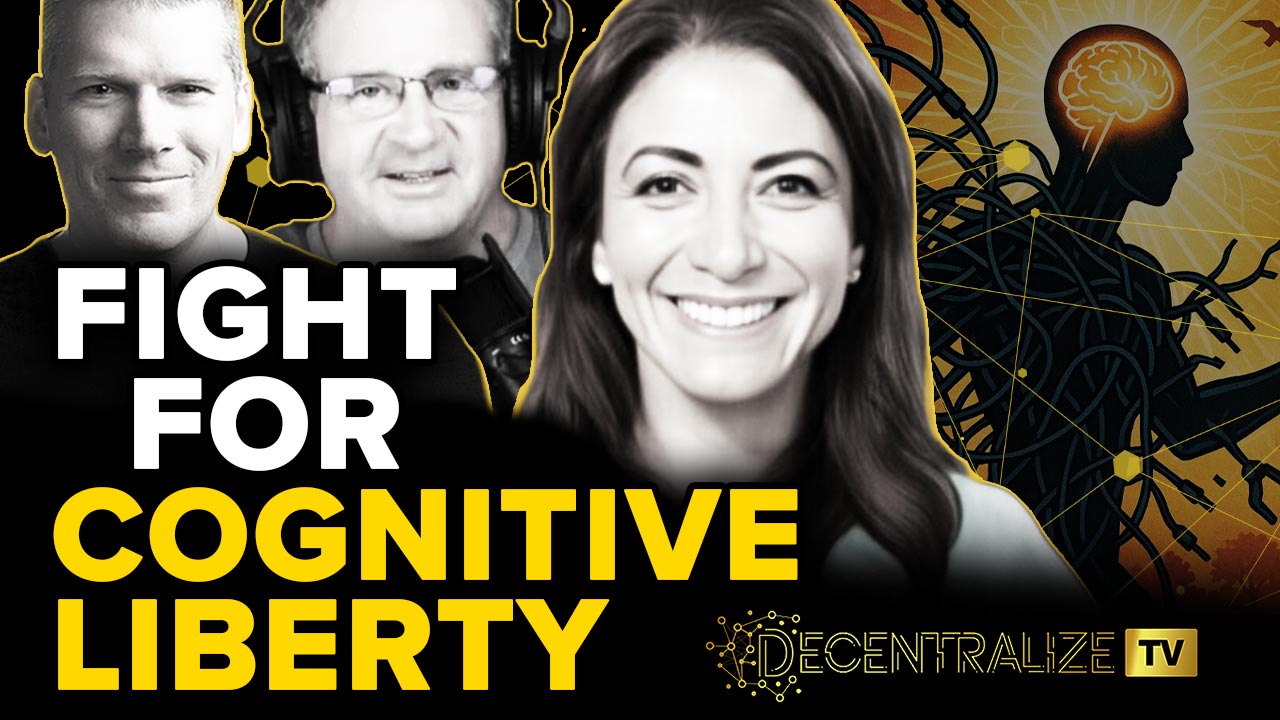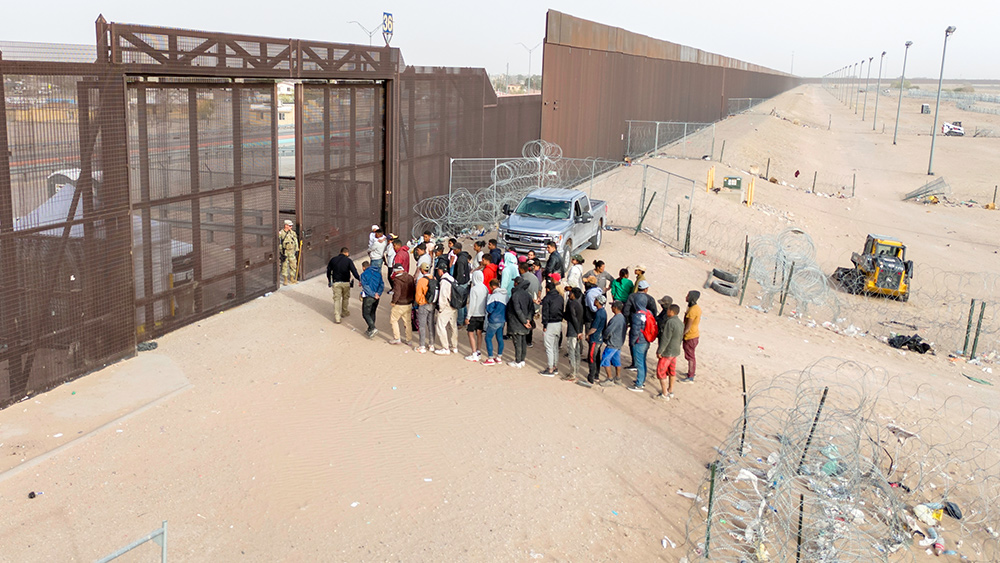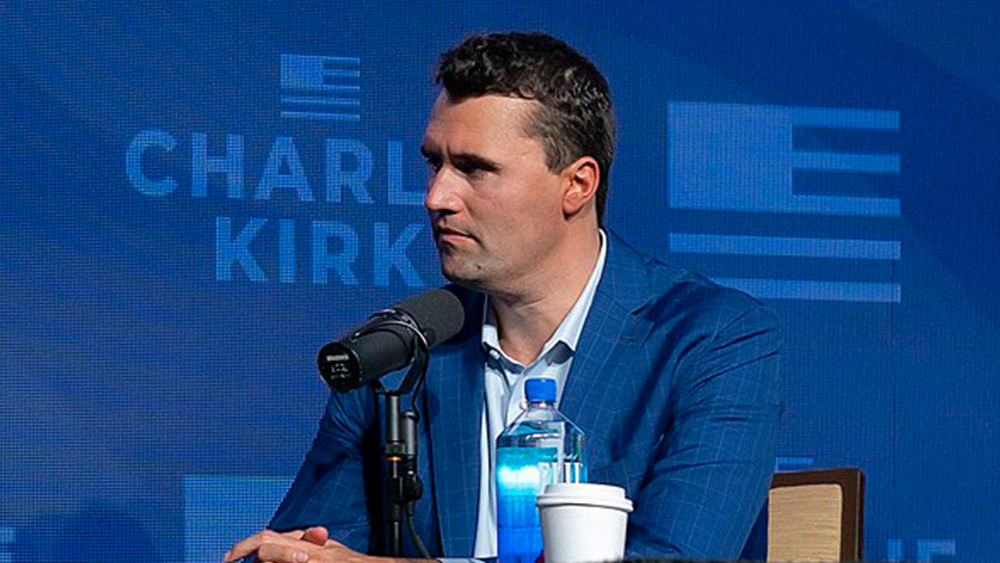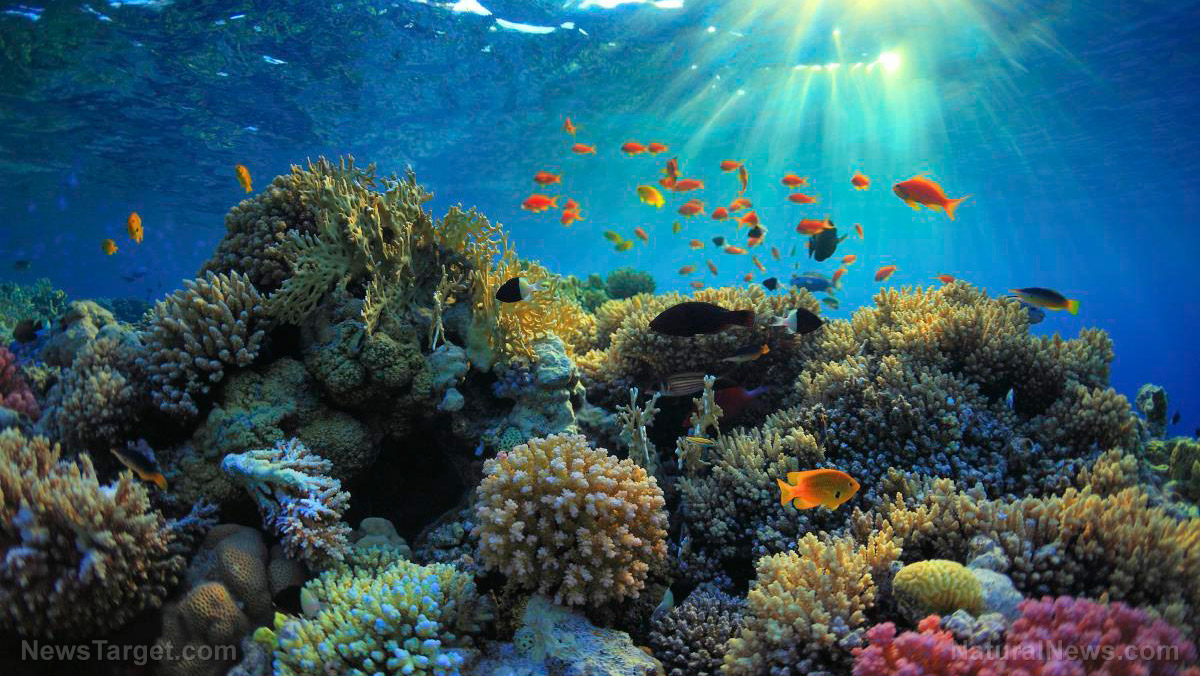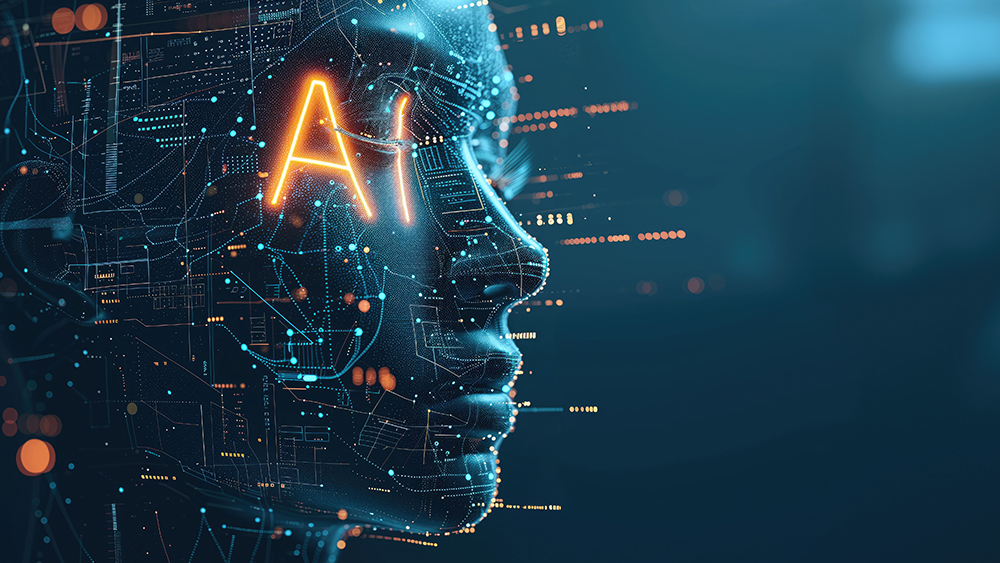 Parler
Parler Gab
Gab- YouTube introduces a limited reinstatement program for creators banned under now-defunct COVID-19 and election misinformation policies.
- The move follows revelations of Biden administration pressure on Big Tech to suppress lawful speech during the pandemic.
- Banned creators must wait one year before applying, and copyright violators remain excluded.
- Critics argue the policy change is insufficient, as YouTube retains broad discretion over who qualifies.
- The shift highlights ongoing concerns about government influence over online speech and corporate censorship.
A crack in the censorship wall
In a surprising reversal, YouTube has announced a “Second Chance” program allowing some banned creators to return—but with strict conditions. The policy, rolled out this week, follows years of criticism over the platform’s aggressive censorship of COVID-19 skepticism, election integrity discussions and other dissenting viewpoints. The timing is no coincidence. Recent congressional investigations uncovered internal emails confirming that the Biden administration pressured Google—YouTube’s parent company—to suppress content that, while controversial, did not violate platform rules. Now, YouTube appears to be walking back some of its most contentious bans—but only for those who meet its evolving standards.Who gets a second chance?
The reinstatement process is selective. Creators terminated under COVID-19 or election-related policies—now abandoned—can request a new channel after a one-year waiting period. However, those banned for copyright violations or under YouTube’s vague “Creator Responsibility” clause—which prohibits undefined “harmful” behavior—remain excluded. Approved applicants can rebuild their channels from scratch, re-uploading old content that complies with current guidelines. Yet YouTube retains final say, evaluating factors like “severity of violations” and whether past content still poses a “risk” to the platform. This partial retreat comes after Google admitted in a letter to Rep. Jim Jordan (R-OH) that federal officials had “pressured the company regarding certain user-generated content related to the COVID-19 pandemic that did not violate its policies.” The admission underscores concerns about government overreach in policing online speech—a practice critics argue violates the First Amendment.The backdrop: Government-coerced censorship
The “Second Chance” program arrives amid mounting scrutiny of Big Tech’s collusion with federal agencies to suppress dissenting voices. Emails obtained by the House Judiciary Committee reveal that White House officials, including Surgeon General Vivek Murthy, pushed platforms to remove even “true information” about vaccine side effects—effectively silencing legitimate debate. YouTube’s COVID-era policies led to the removal of thousands of videos questioning lockdowns, mask mandates, or vaccine safety—despite many claims later being validated. Similarly, election-related bans targeted discussions of irregularities, fueling accusations of partisan bias. Now, YouTube insists it values “conservative voices” and rejects government interference in content moderation. Yet its selective reinstatement process leaves many skeptical. As one critic noted: “They’re admitting they were wrong—but only halfway.”A calculated retreat, not a full reckoning
While YouTube’s policy shift signals a partial retreat from pandemic-era censorship, it stops short of full accountability. The platform still wields broad discretion over who qualifies for reinstatement, leaving many banned creators in limbo. Moreover, the broader issue remains: the Biden administration’s unprecedented pressure campaign on Big Tech—exposed in lawsuits like Murthy v. Missouri—revealed a disturbing pattern of state-backed speech suppression. Though the Supreme Court dismissed the case on procedural grounds, the constitutional concerns persist. For now, YouTube’s “Second Chance” program offers a glimmer of hope for some silenced voices. But true free speech restoration requires more than conditional forgiveness—it demands an end to government-coerced censorship altogether.A step forward, but the fight continues
YouTube’s reinstatement pilot marks a small victory for free speech advocates, yet the battle is far from over. The platform’s admission of government pressure confirms what critics long suspected: that pandemic-era censorship was politically motivated, not merely about “public health.” As Big Tech faces growing backlash for its role in silencing dissent, this policy shift may signal a turning point—but only if followed by genuine transparency and accountability. Until then, the fight to reclaim online free speech remains urgent. Sources for this article include: ReclaimTheNet.org ArsTechnica.com CNBC.comAI trained on human atrocities and loss of metaphysical foundation threaten human freedom
By Finn Heartley // Share
Trump’s escalating tariff war draws IMF warning as global trade tensions flare
By Belle Carter // Share
Coral resilience defies alarmist claims of climate catastrophe
By Willow Tohi // Share
Hollywood denounces AI-generated actress Tilly Norwood amid entertainment industry decline
By Ramon Tomey // Share
Governments continue to obscure COVID-19 vaccine data amid rising concerns over excess deaths
By patricklewis // Share
Tech giant Microsoft backs EXTINCTION with its support of carbon capture programs
By ramontomeydw // Share
Germany to resume arms exports to Israel despite repeated ceasefire violations
By isabelle // Share
